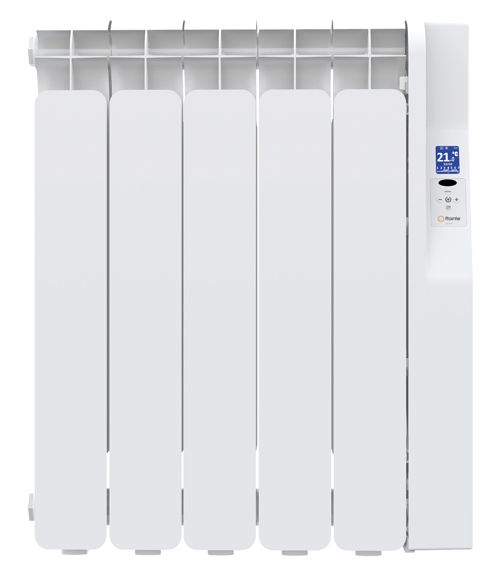

With the winter months fast approaching, homeowners will use 60% of their annual bill heating their houses during the colder months.
Giving customers the opportunity to access real-time information on how much energy they are consuming, and how much this is costing them, is a very useful tool, and installers can maximise this by promoting the use of smart meters. A recent survey showed that 64% of smart meter users saved up to £75 per year on their energy bills.
A further money saving incentive which needs to be communicated to customers is the benefit of switching to electronic thermostats and radiators that feature built-in thermostatic controls. A typical three-bedroom semi-detached property can save up to £150 and 630kg of carbon dioxide a year through the installation of a new thermostat and, by turning down room temperatures by just one degree, save a further £75. What’s more, these changes can be made with minimal disruption as it is not necessary to replace the boiler to make the switch, which is a key selling point to customers.
With so many products currently available, and new products constantly coming to the market, installers should ensure customers are given as much knowledge as possible in order to make decisions that could make a difference to their energy consumption. Allowing customers the opportunity to save energy will not only save money, but will also improve overall customer satisfaction.
Demonstrating savings to customers in real terms can make them understand quickly the benefits of adopting these new technologies and products. Likewise, demonstrating how all those technologies can interlink to provide them an end solution designed to save more energy and money means they are able to see the bigger picture and all possibilities.
For those customers who are in the market for a system upgrade, switching from a ‘wet’ heating system using hot water pumped round the house to a modern completely electric system can further reduce energy costs and overall usage. With insulation improving and homes becoming increasingly airtight, homeowners heating demands are changing. The versatility of electric heating means that systems can meet end-users comfort and budgetary requirements.
An extra benefit of installing electric radiators is that they can be used almost anywhere in a room and come in a range of sizes to suit, and, importantly for installers and homeowners alike, can be fitted and working within a matter of minutes. Installers can also leave customers safe in the knowledge that gone are the days of the expensive annual boiler inspection and with a simpler electronic system, maintenance is much easier.
Suitable for both new-build and refurbishment projects, the newest electric heating technology features on-board energy monitors allowing occupants to see exactly how much energy is being used to heat a room, helping them make an informed decision on comfort versus cost.
With modern electric radiators featuring digitally controlled thermostats accurate to within 1°C, electric heating can quickly respond to maintain constant room temperature, reducing the overheating of rooms and limit the unnecessary consumption of energy.
With rising energy bills and a raft of challenging legislation driving the demand for renewable, low carbon alternatives to gas, oil and LPG heating, the time is right for installers and specifiers to investigate the alternative solutions that can be offered to consumers.
